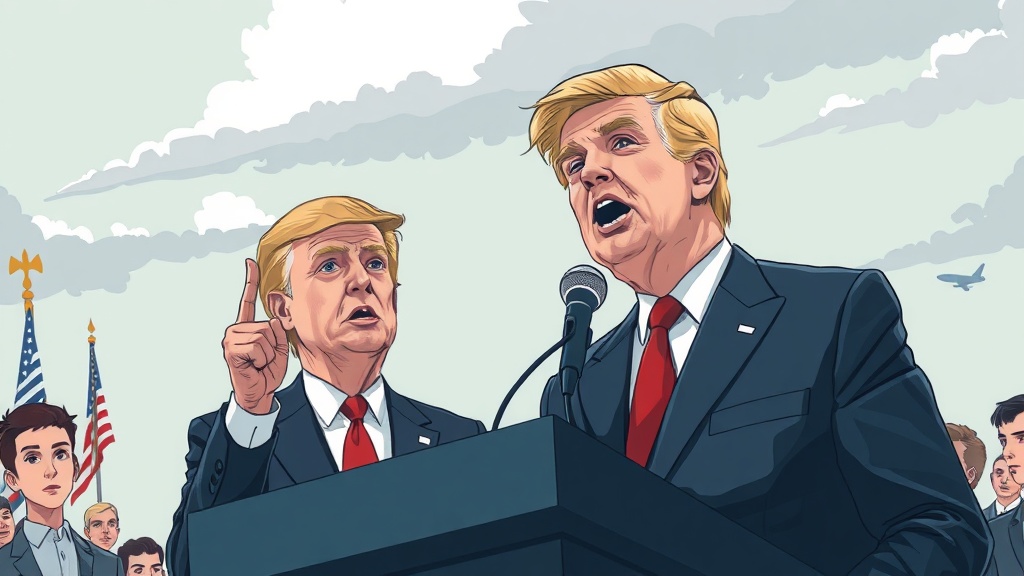How to Combat Disinformation: Policy, Platform, and Civic Solutions to Protect Democracy
Disinformation has become a defining challenge for contemporary politics. As digital platforms amplify messages at unprecedented scale, false or misleading narratives can distort public debate, erode trust in institutions, and influence electoral outcomes. Understanding how disinformation spreads—and what can be done about it—is essential for policymakers, civic groups, media organizations, and everyday citizens.
How disinformation works
Disinformation leverages emotional triggers, simplified narratives, and visual content to gain traction. Bots and coordinated inauthentic accounts can rapidly amplify targeted messages, while algorithmic ranking systems prioritize engagement over accuracy. Echo chambers reinforce beliefs by exposing users mainly to content that aligns with their views, making corrections less effective. Deepfakes and synthetic media add another layer of complexity by making fabricated content more convincing.
Consequences for democratic systems
When disinformation undermines faith in official processes—such as elections, public health measures, or independent media—the result can be polarization, reduced civic participation, and weakened policy responses.
Governments may face pressures to censor, which risks overreach, while platforms struggle to balance free expression with public safety. International actors can exploit these vulnerabilities to advance geopolitical aims, complicating diplomatic relations and domestic stability.
Policy and platform responses
A multi-pronged approach improves resilience against disinformation:
– Transparency and accountability: Platforms should disclose why content is recommended, provide clear labeling for state-affiliated media, and publish regular transparency reports on takedowns and enforcement.
Independent audits of algorithms and moderation practices increase public trust.
– Targeted regulation: Clear rules that focus on deceptive practices—such as coordinated inauthentic behavior—can be more effective than broad content bans. Regulations that protect privacy while enabling investigations into malicious networks help law enforcement and researchers.
– Support for quality journalism: Public and philanthropic funding models can sustain investigative reporting and local newsrooms, which act as a frontline defense against false narratives.
Subsidies for subscriber models and tax incentives for nonprofit journalism broaden information sources.
– Strengthened election integrity: Measures like ballot chain-of-custody standards, secure voting technology, and rapid-response public communication can reduce the impact of false claims about results. Election officials and media should coordinate to provide timely, transparent information.
– International cooperation: Disinformation often crosses borders. Sharing threat intelligence, best practices, and technical tools among democracies and civil society improves detection and response.
Civil society and individual action
Media literacy is crucial. Educational programs that teach critical evaluation of sources, reverse image searches, and how algorithms shape exposure empower citizens. Fact-checking networks that collaborate across countries increase coverage and credibility. Individuals can slow the spread of false information by pausing before sharing, checking trusted sources, and reporting dubious content to platforms.
Technology and future directions
Advances in detection—using a mix of human expertise and machine learning—help identify coordinated campaigns and manipulated media.
Encouraging research access to platform data under strict privacy safeguards accelerates solutions. Meanwhile, design changes that reduce virality incentives, like friction for resharing unverified content, can lower amplification.
A resilient information ecosystem requires coordinated action across sectors.
By combining clear rules, technological safeguards, robust journalism, and an informed public, democracies can reduce the harmful influence of disinformation while preserving open debate and free expression.
